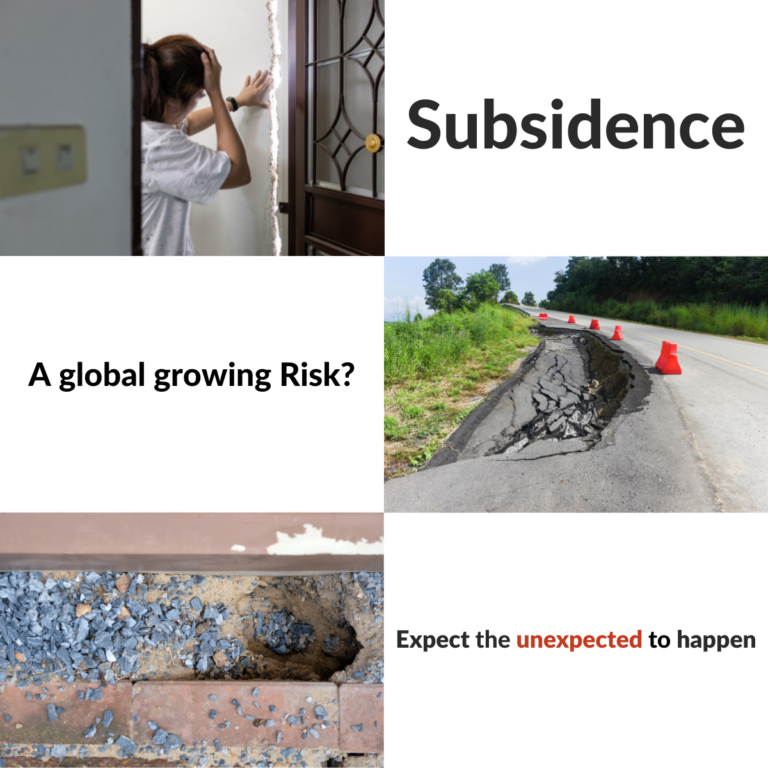In this article, we discuss the resilience of supply chains and the importance of a robust risk management process for your business to survive in the current and future turbulent waters.
Supply chains have increased in terms of complexity and global interconnection. As a result, the consequences of disruptions are nowadays increasingly difficult to assess. The sources of potential disruptions are not limited but rather extremely wide as they can originate from innumerable causes. These can range from unknown exposures in the supply chain to disasters (natural or manmade hazards) and many others that do not necessarily stem from physical damage but that are also outside the company’s control.
A single disruption in the supply chain cannot only have substantial financial implications but also damage the reputation of the company. Some few examples highlight the issue as for example the 2011 Thailand flood, the 2011 Japan earthquake, the 2018 fire at a magnesium die-cast plant in the US and many others.
Many industries have modified their production strategies, leading to several reductions in previously existing redundancies and in many cases even a lack of alternatives should an event occur. As a result, arrangements to improve production costs, such as just-in-time or lean manufacturing, have made their supply chain less resilient.
Insurance can help to mitigate some potential financial consequences resulting from a disruption subject to the physical damage condition, but it cannot address what in today’s world is a key business survival element: a robust and holistic risk management process and approach to identifying the risks and the resulting sustainable reduction or mitigation measures. Even with the existence of insurance, it is very often difficult for an insured to achieve the same turnover level as before the event happened.
Risk management tools such as Business Continuity Planning (BCP) and Business Continuity Management (BCM) are available to companies to identify potential existing and future risk scenarios so that the necessary risk reduction and mitigation measures are developed to overcome, reduce or mitigate these risks should an event occur.
How strong, effective and reliable is your BCP and BCM to handle your exposures? When was the last time you critically reviewed them? Your company’s survival is dependent on the robustness of your risk management process.
Expect the unexpected to happen.
Find out more in our book “International Property Insurance Programmes – from Theory to Experience-Based Practice” by Andy Baumli and Claudio Böttcher ISBN 978-1-78222-901-8




